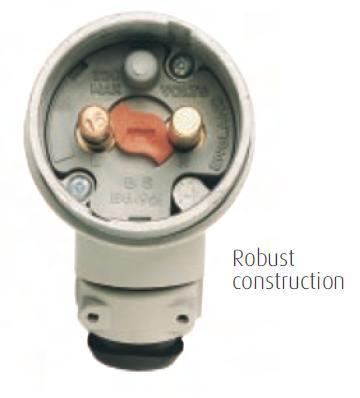- Joined
- 27 Jan 2008
- Messages
- 25,303
- Reaction score
- 2,957
- Location
- Llanfair Caereinion, Nr Welshpool
- Country

OK we had the top of range Robin PAT tester which put the results onto a floppy disk and this was then uploaded onto the computer. However it relied on us putting in our code before starting for it to show correct name of person testing. And the software did not allow us to alter the name. So get around was to have a code for "code not set" which we could enter after testing so anyone using tester after did not have the test in your name if they forgot to enter their code.
However mistakes were often made and I needed to correct so I wrote a simple Visual Basic program to allow me to correct errors. However this also resulted in the fact I could alter records to show some one else other than myself had tested a faulty item. So the result was all tests were printed in the simple form with around 20 tests to page and the pages were signed by the tester.
So how can you produce a test system which allows correction of a genuine mistake yet does not allow altering. Clearly you can't. There was nothing to stop a PAT tester with 6 desk lamps from testing the same one 6 times so in the end it still relies on trust.
In the linked case the foreman trusted his worker to take the readings but the worker clearly made an error in taking them or some other error took place. It is possible some tests were made before the plasters fixing damaged the cable. So the court looks at all the paperwork and decides who was at fault. In that case the foreman was at fault for trusting some one who the court thought was not well enough trained.
However mistakes were often made and I needed to correct so I wrote a simple Visual Basic program to allow me to correct errors. However this also resulted in the fact I could alter records to show some one else other than myself had tested a faulty item. So the result was all tests were printed in the simple form with around 20 tests to page and the pages were signed by the tester.
So how can you produce a test system which allows correction of a genuine mistake yet does not allow altering. Clearly you can't. There was nothing to stop a PAT tester with 6 desk lamps from testing the same one 6 times so in the end it still relies on trust.
In the linked case the foreman trusted his worker to take the readings but the worker clearly made an error in taking them or some other error took place. It is possible some tests were made before the plasters fixing damaged the cable. So the court looks at all the paperwork and decides who was at fault. In that case the foreman was at fault for trusting some one who the court thought was not well enough trained.


